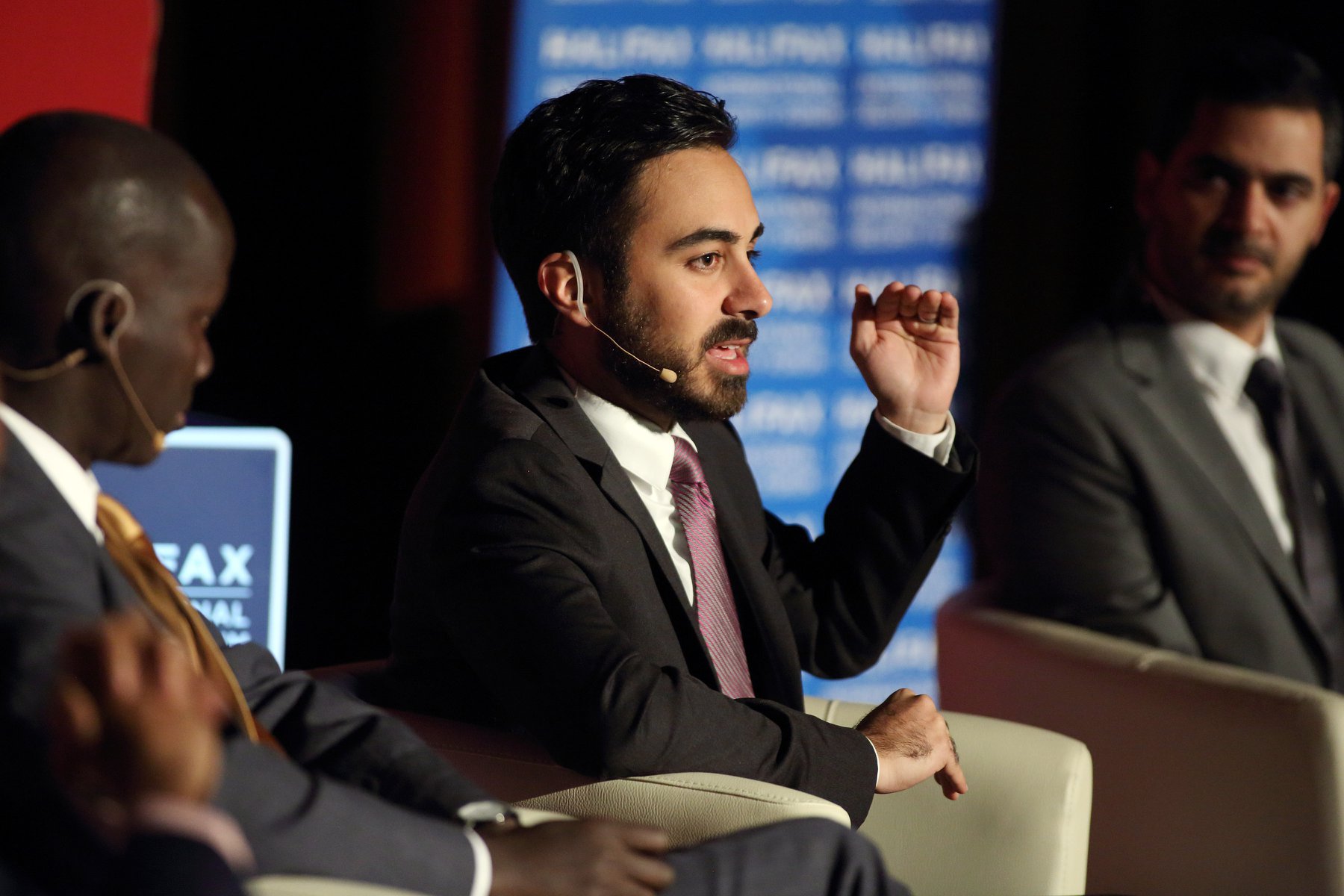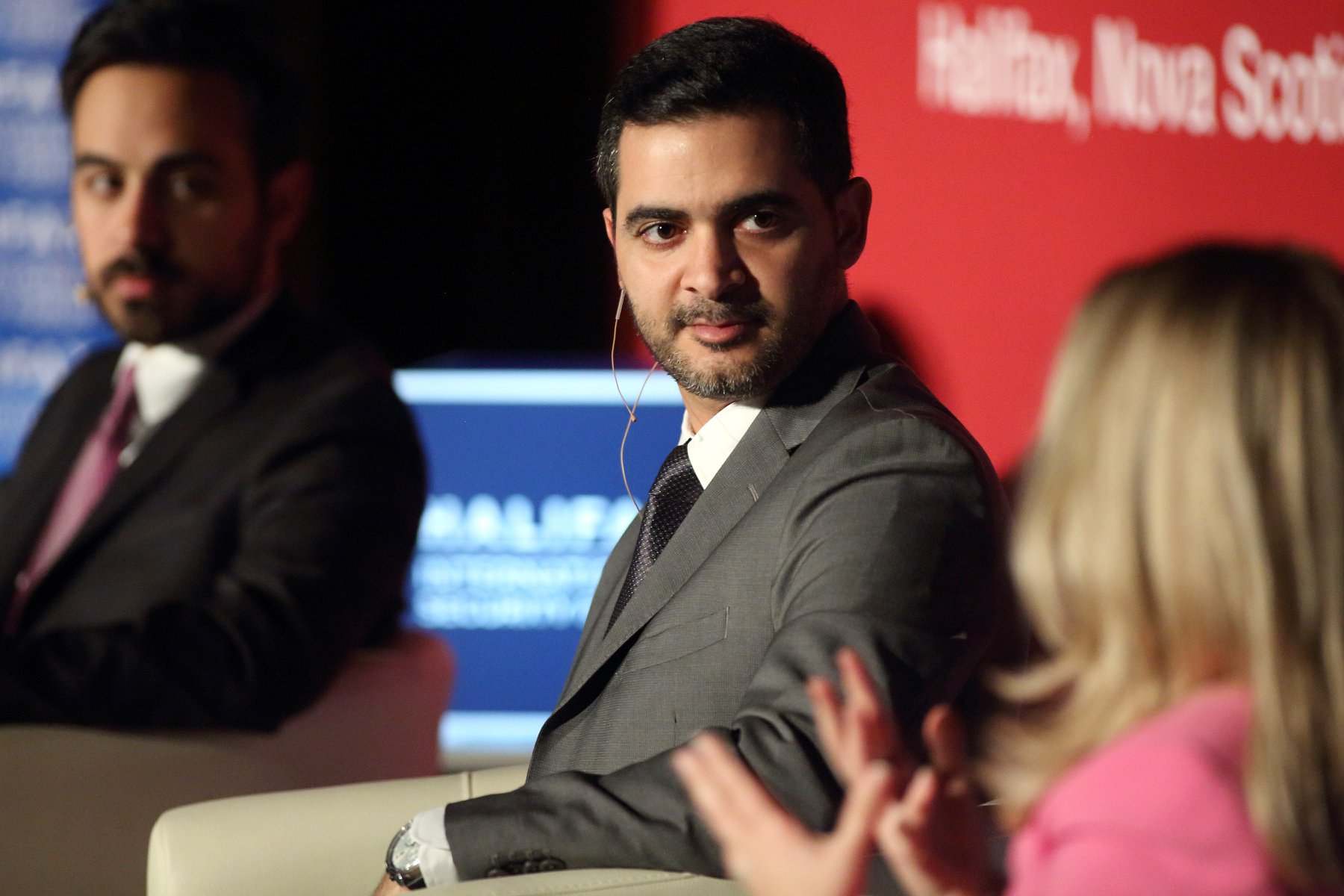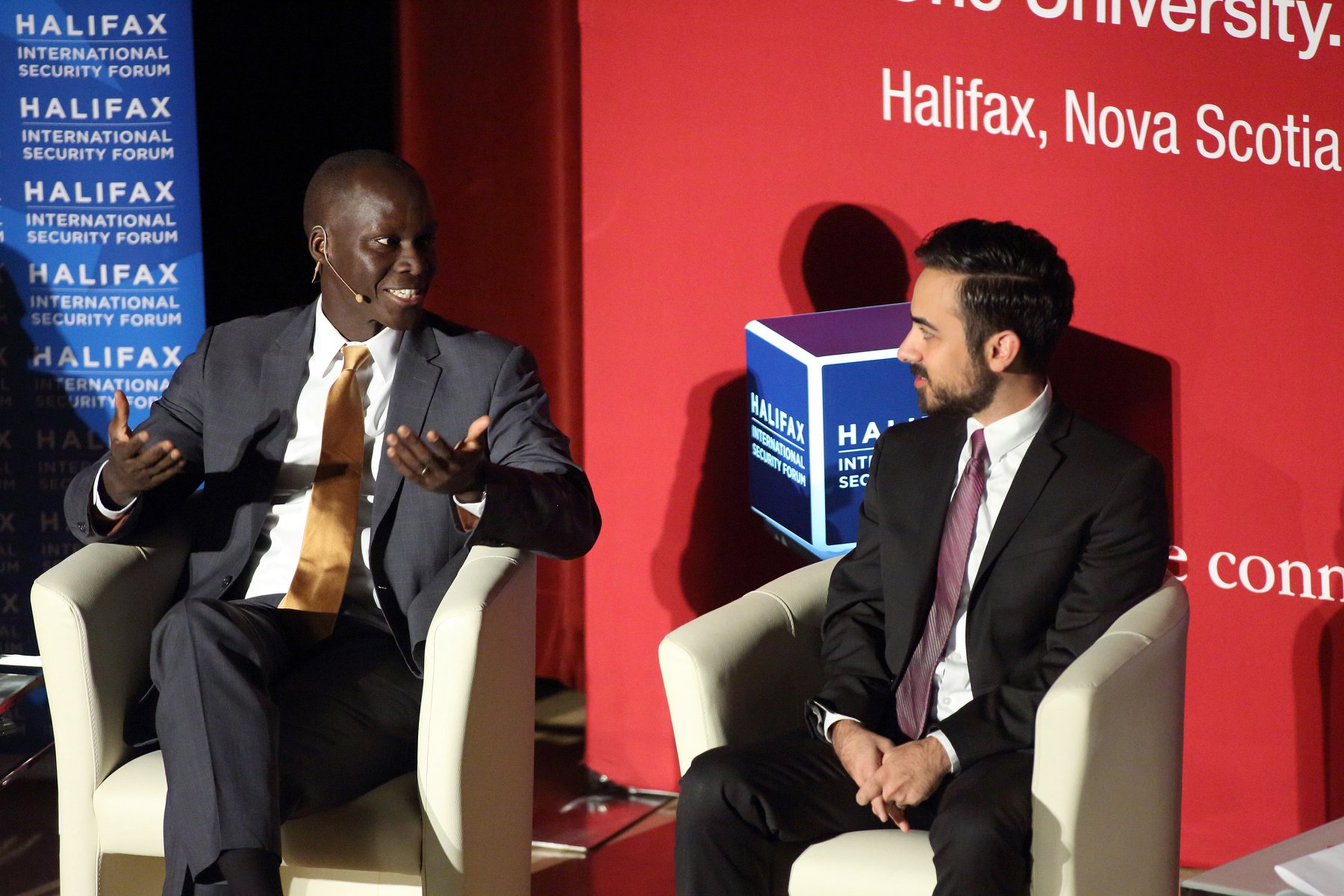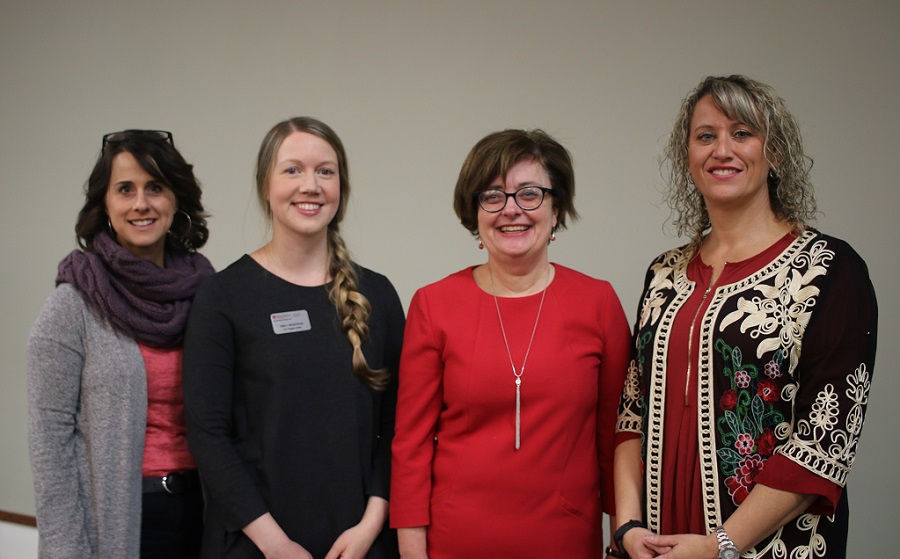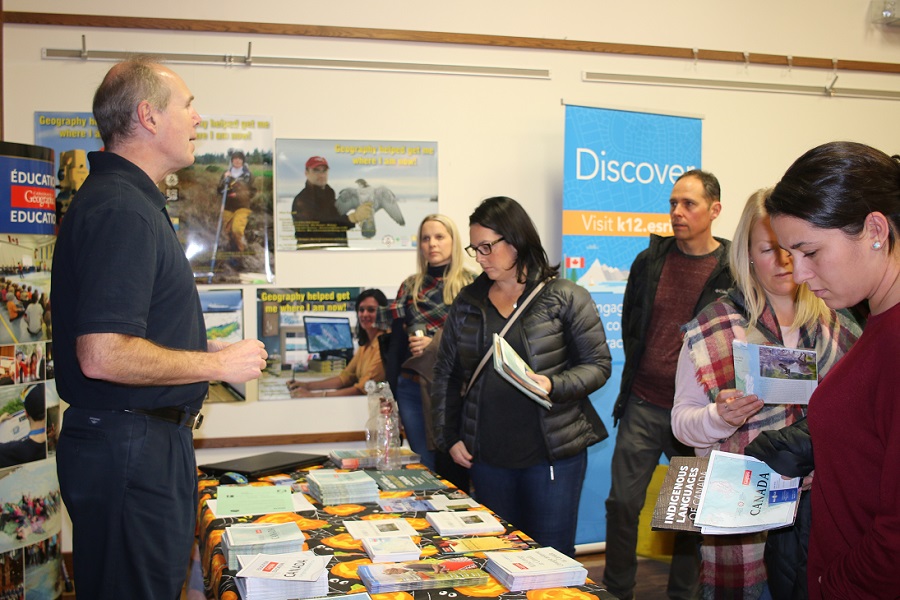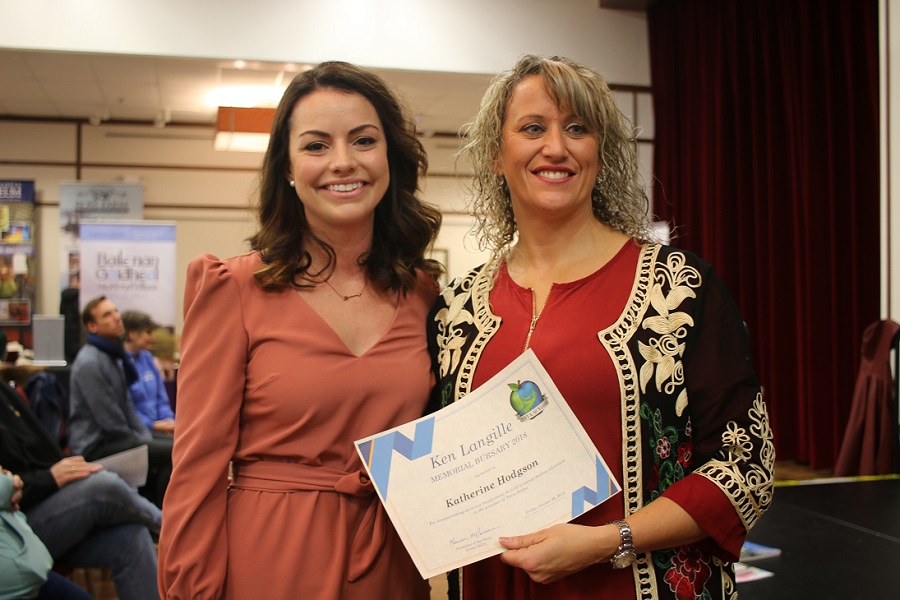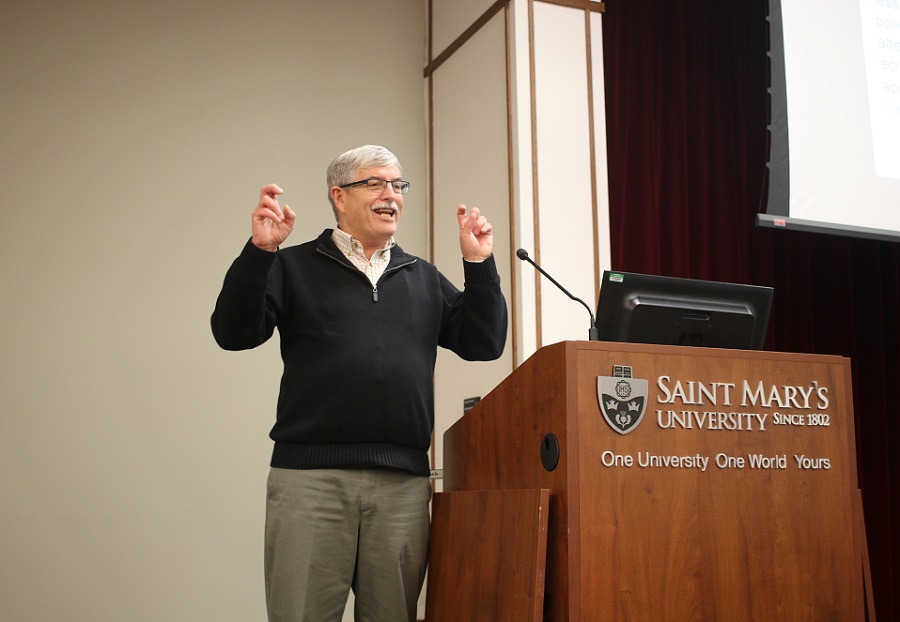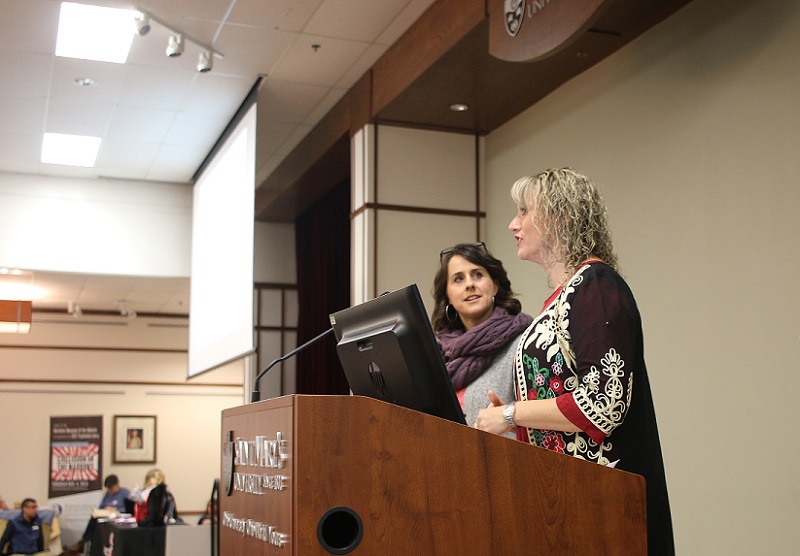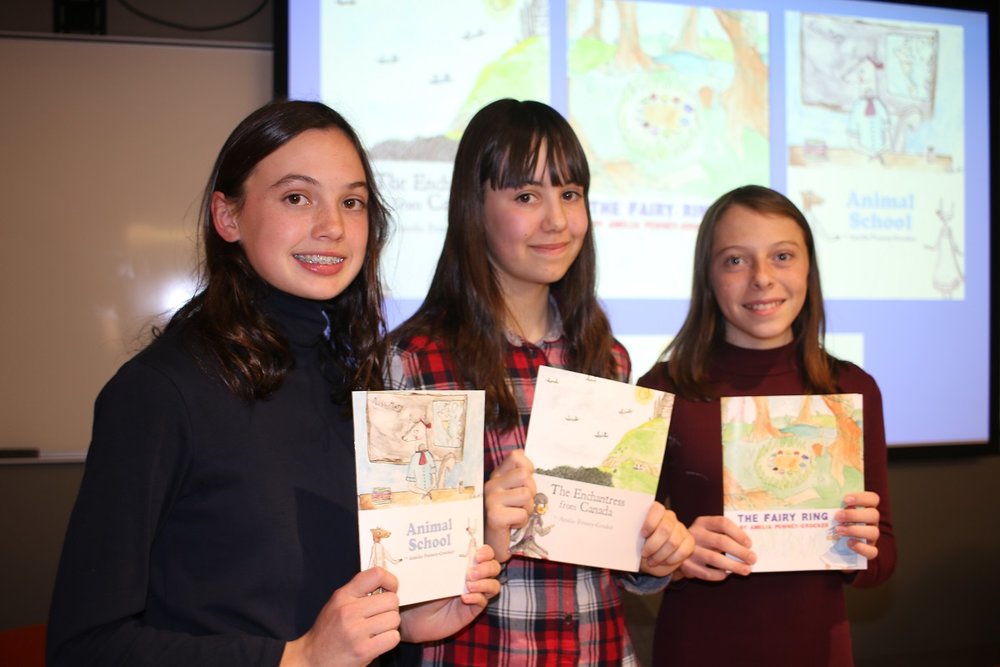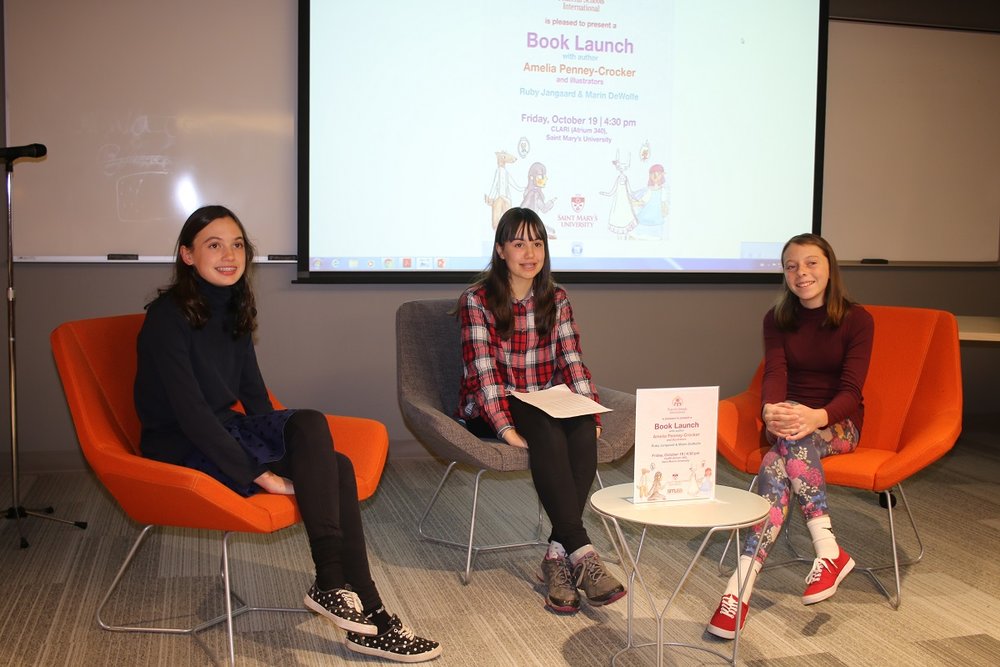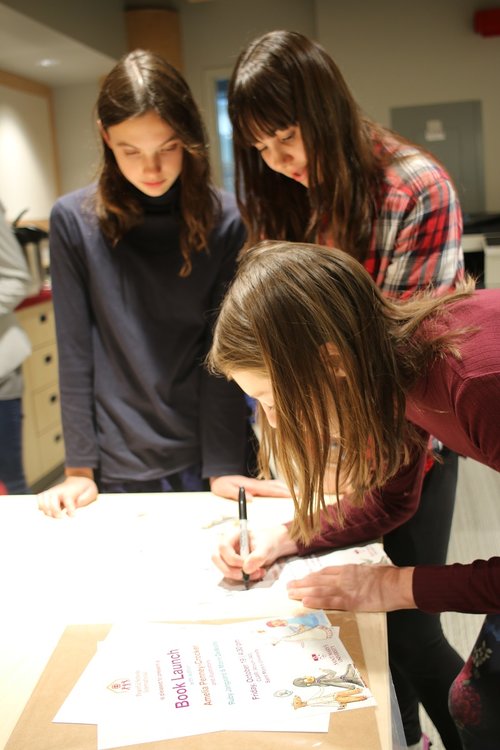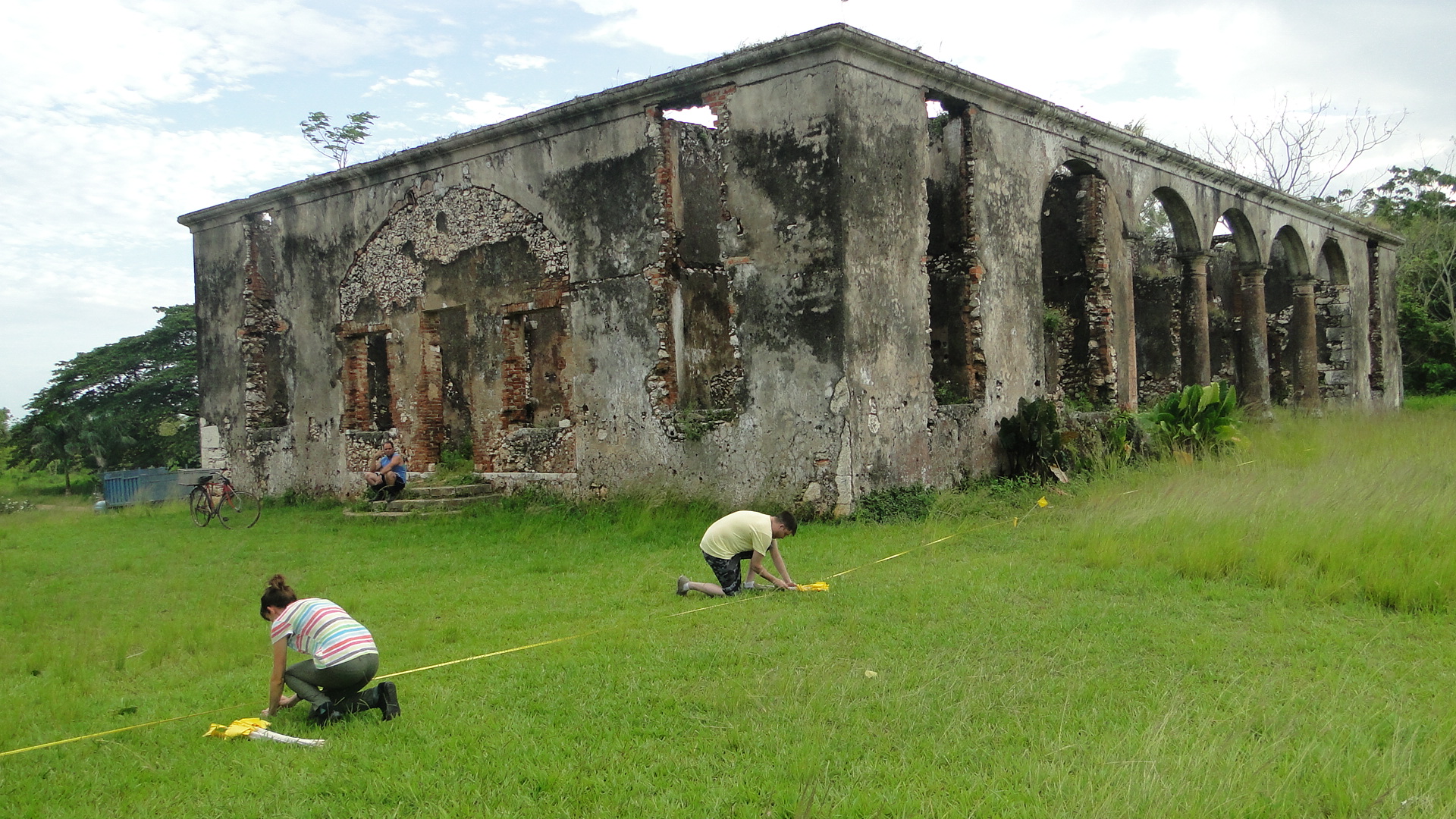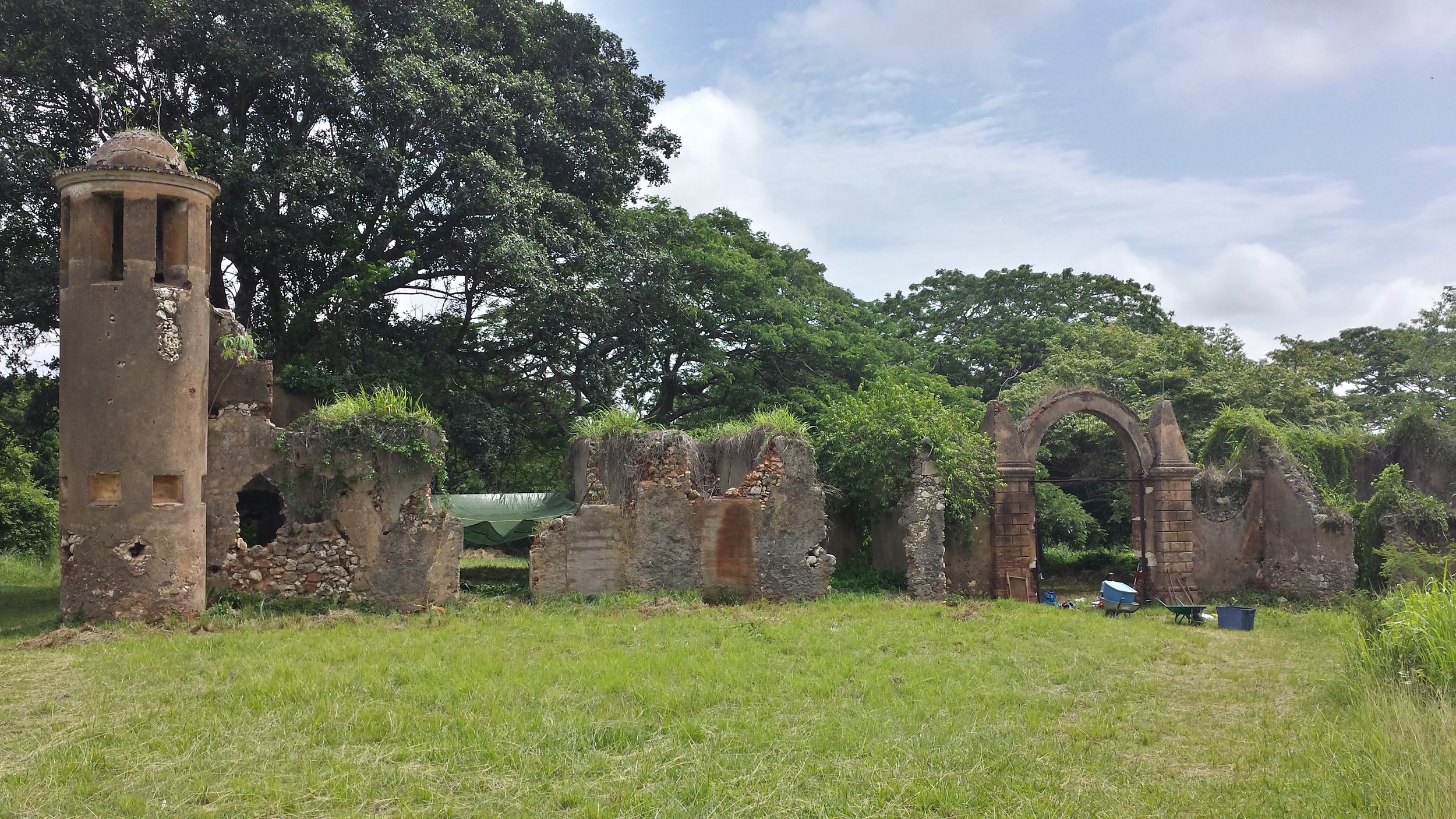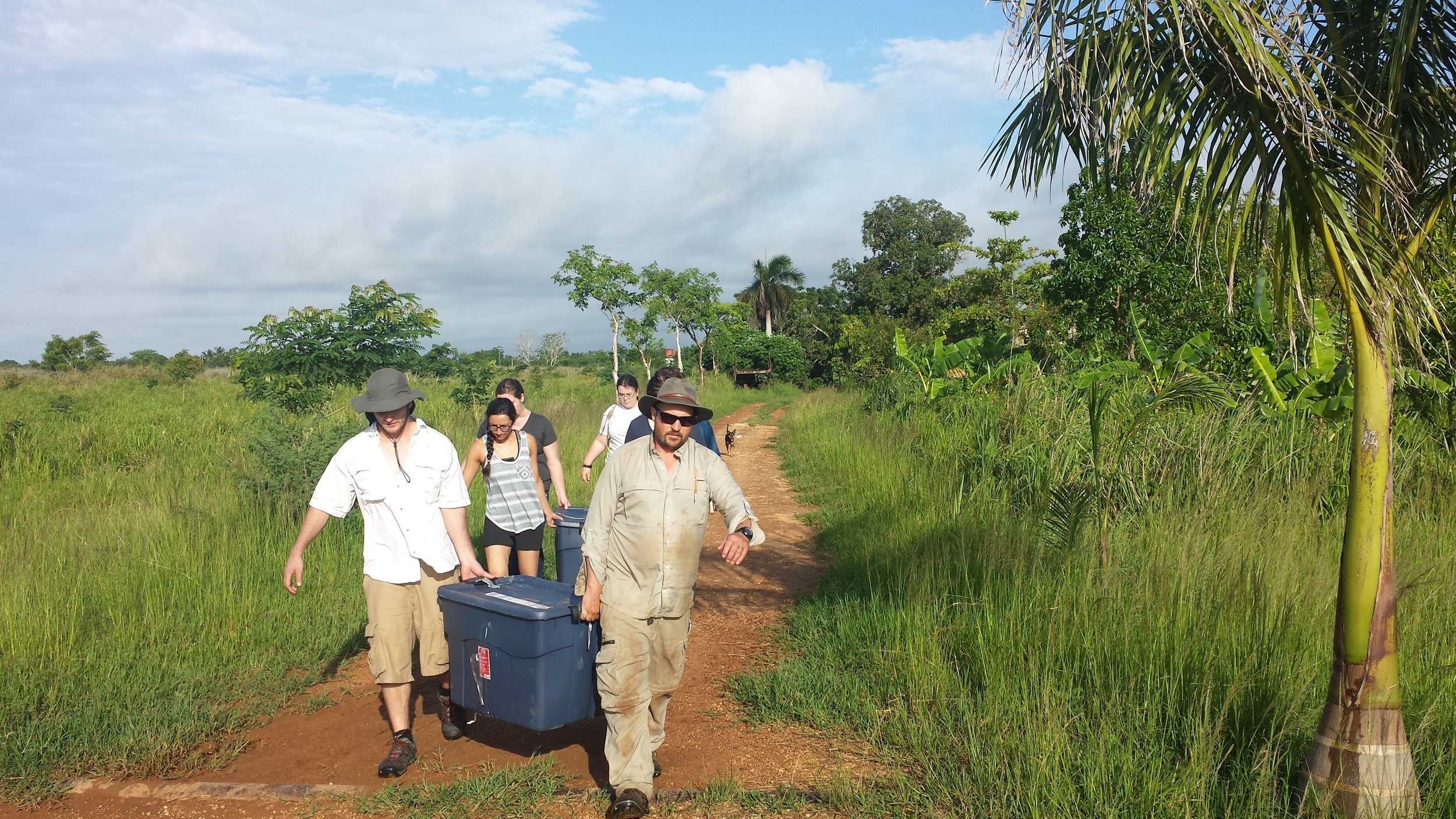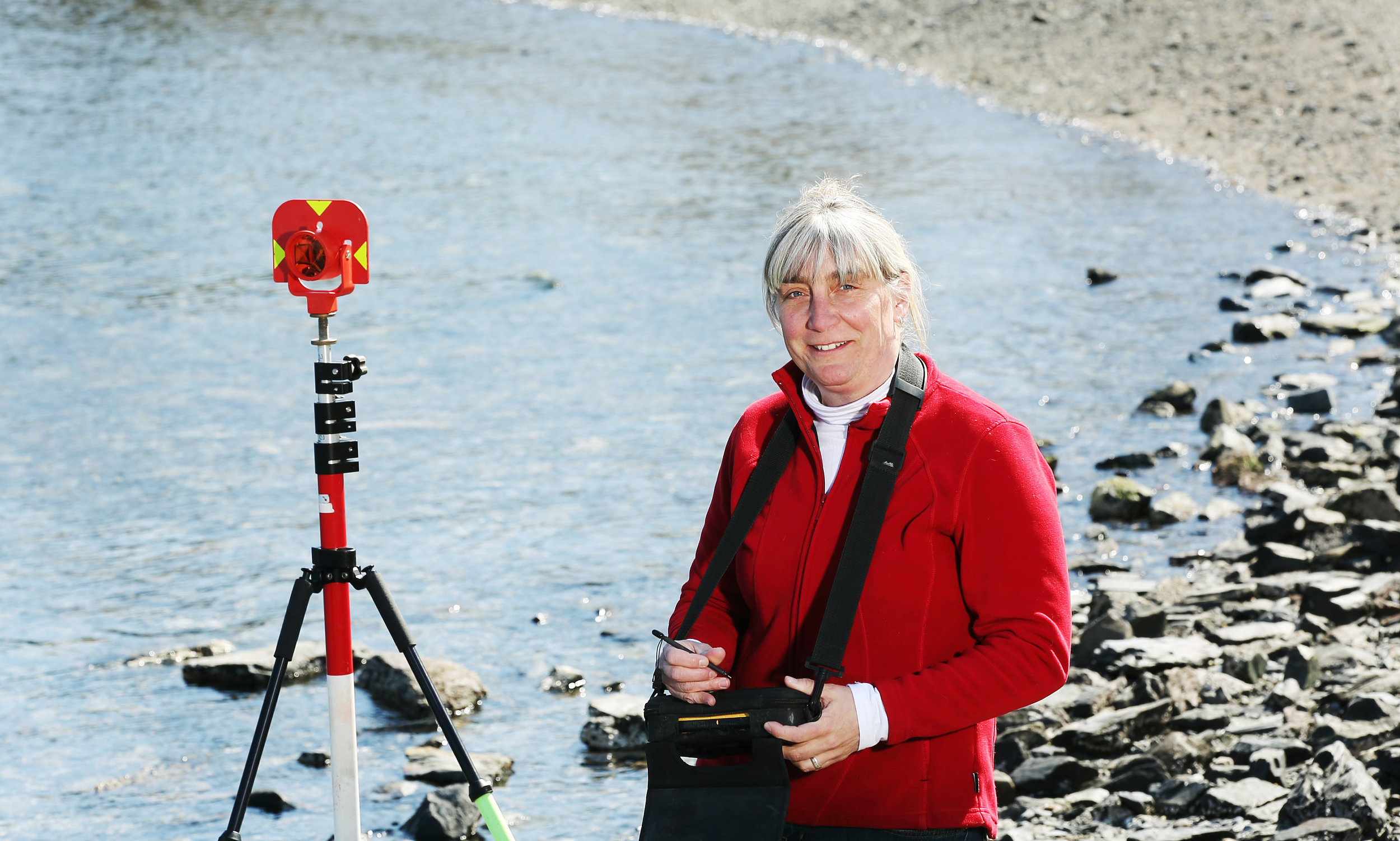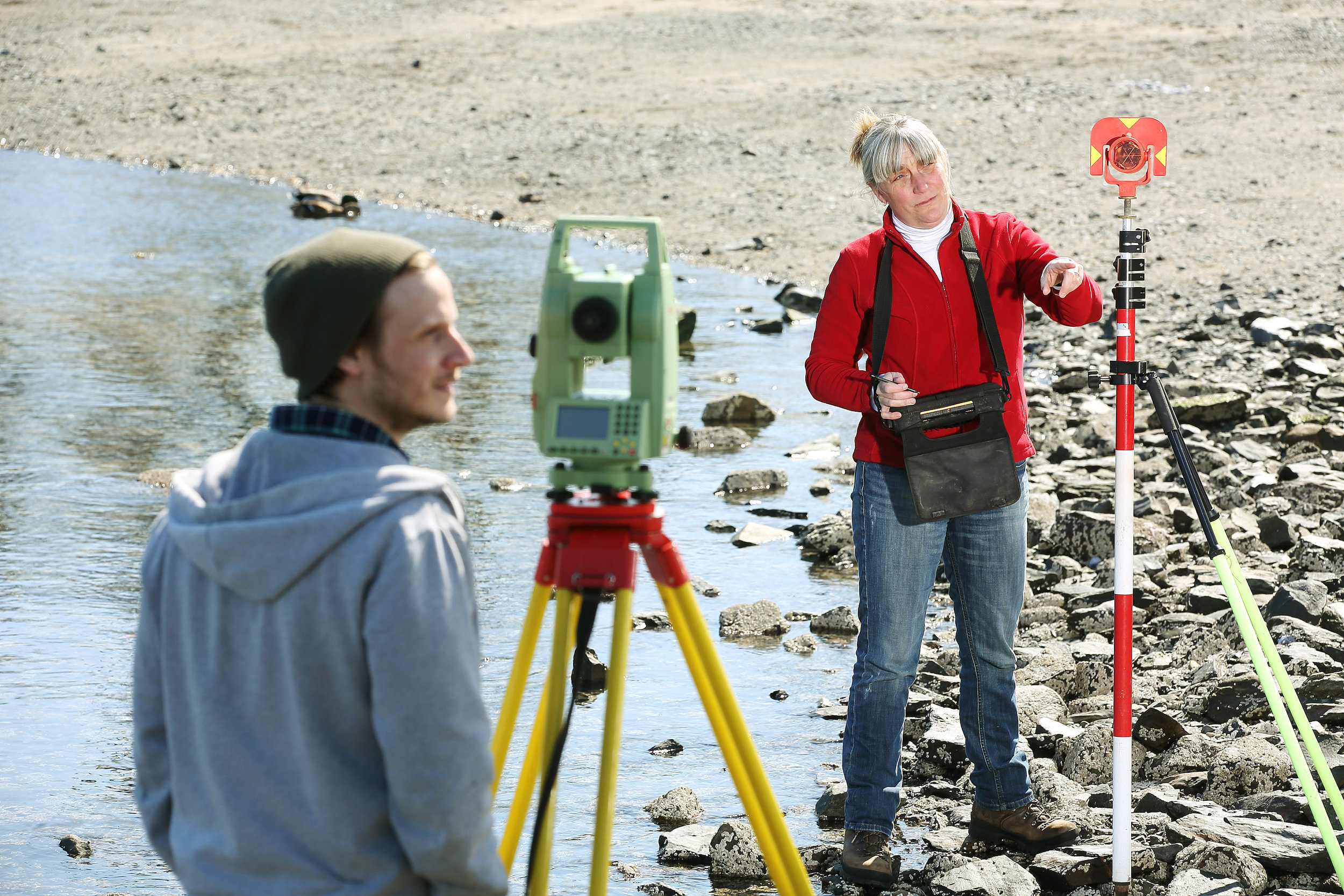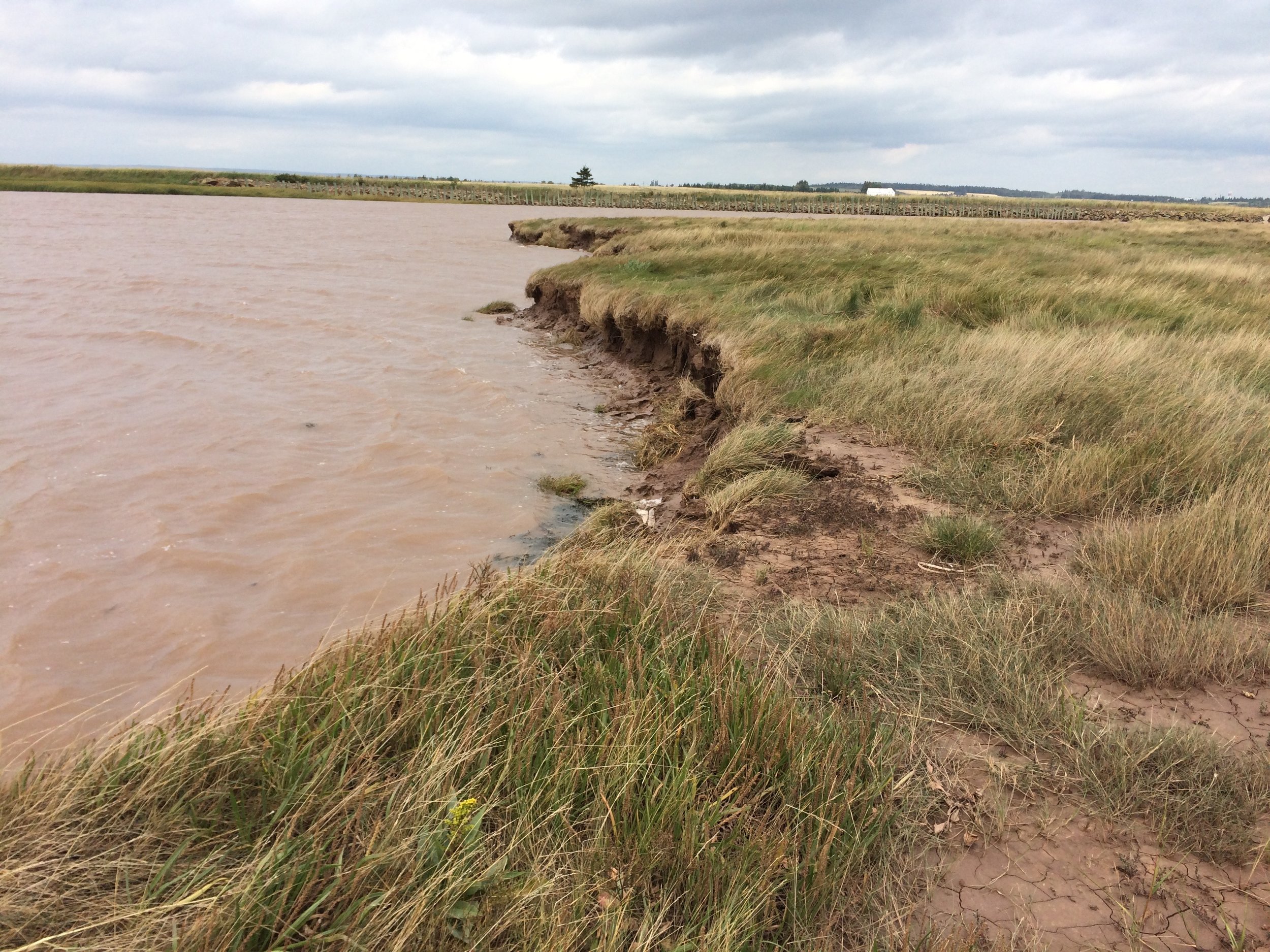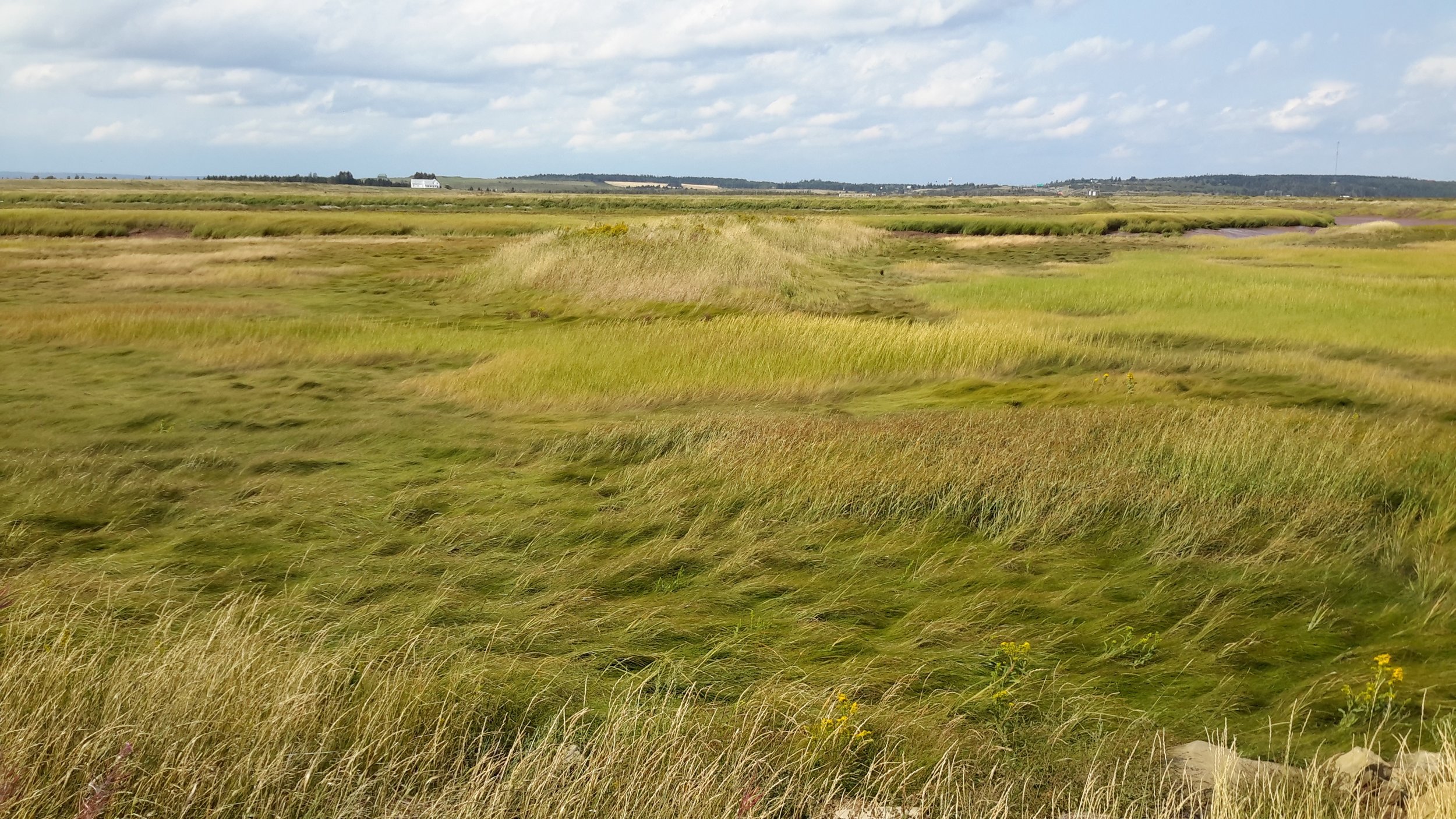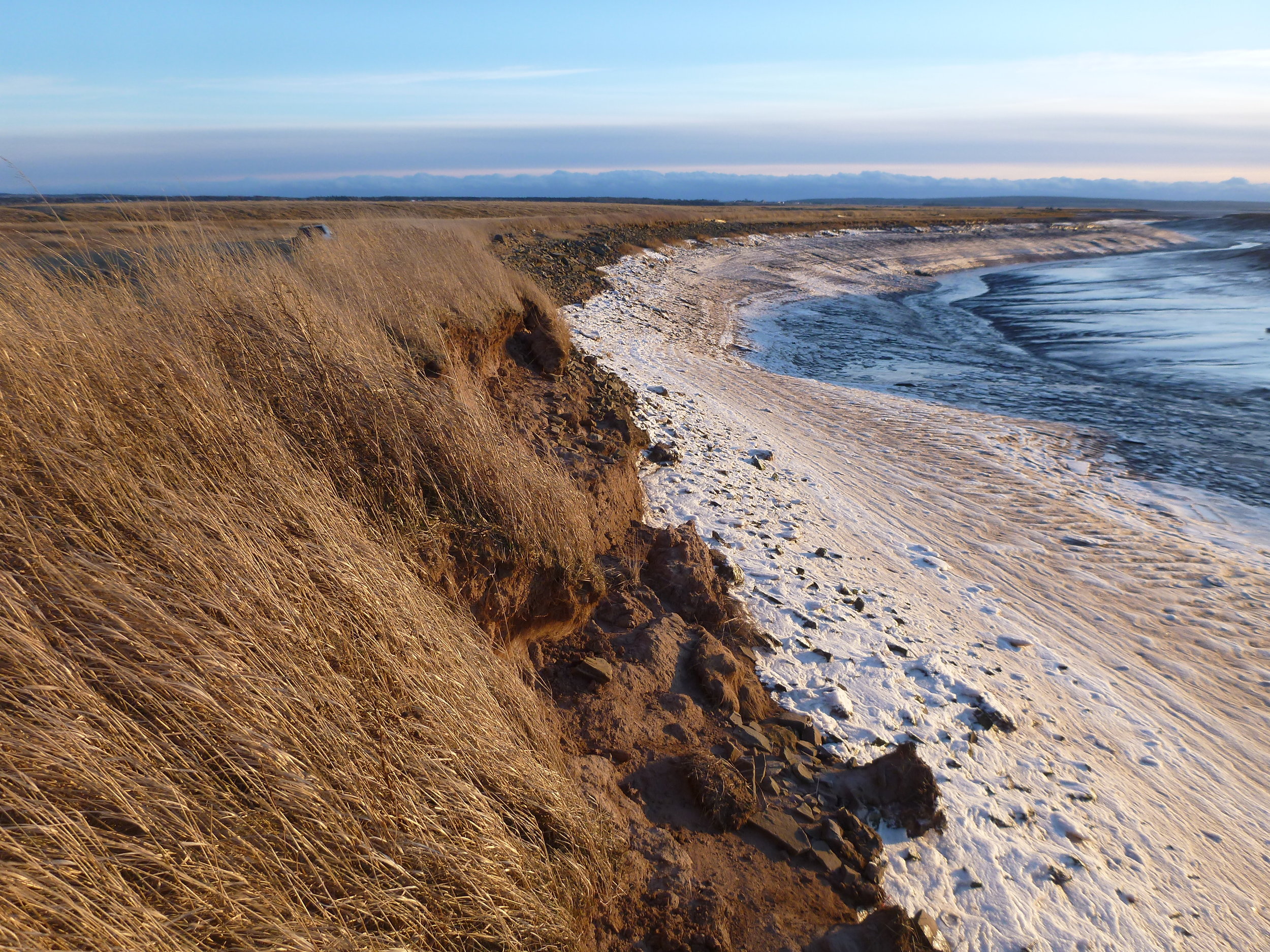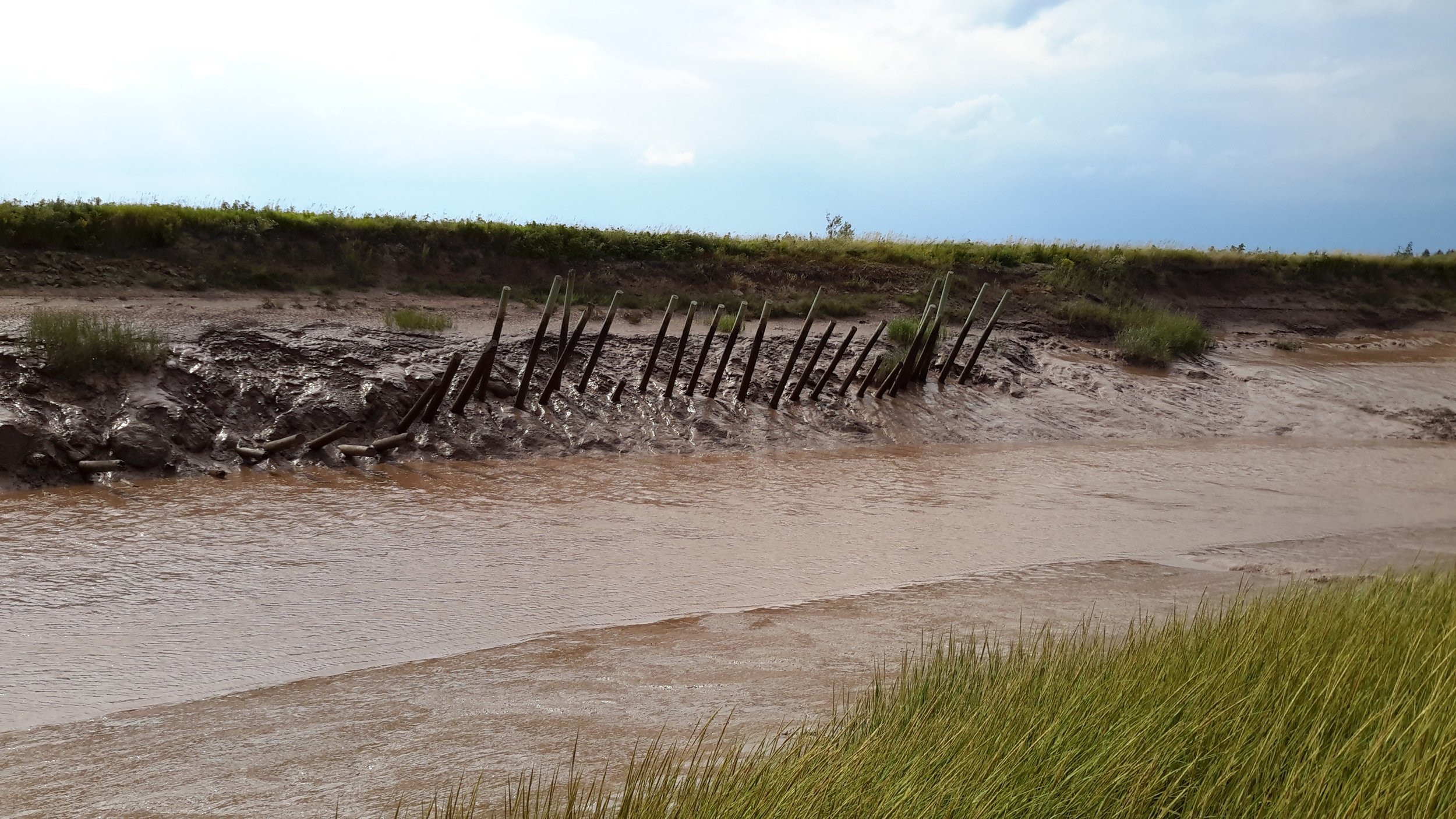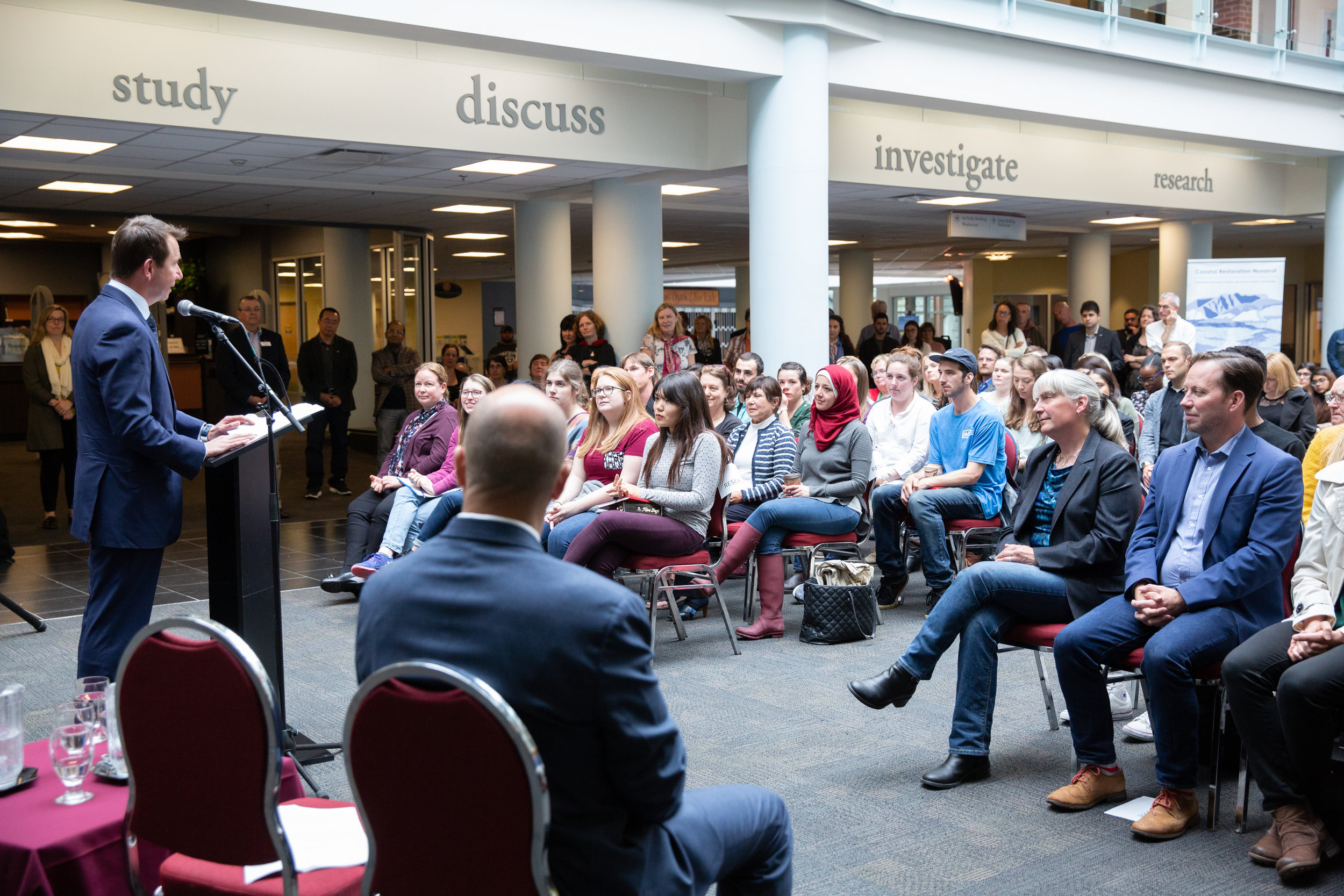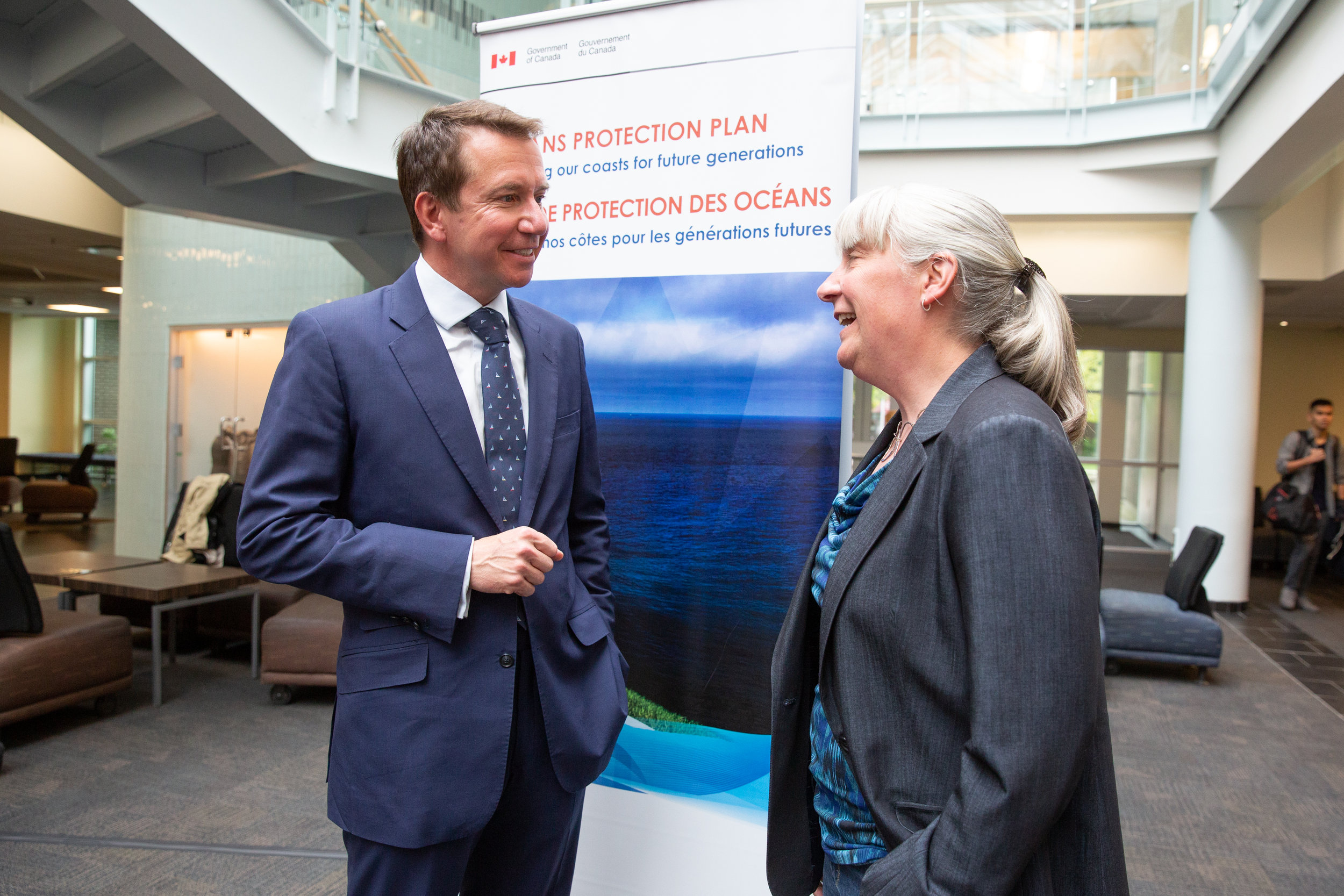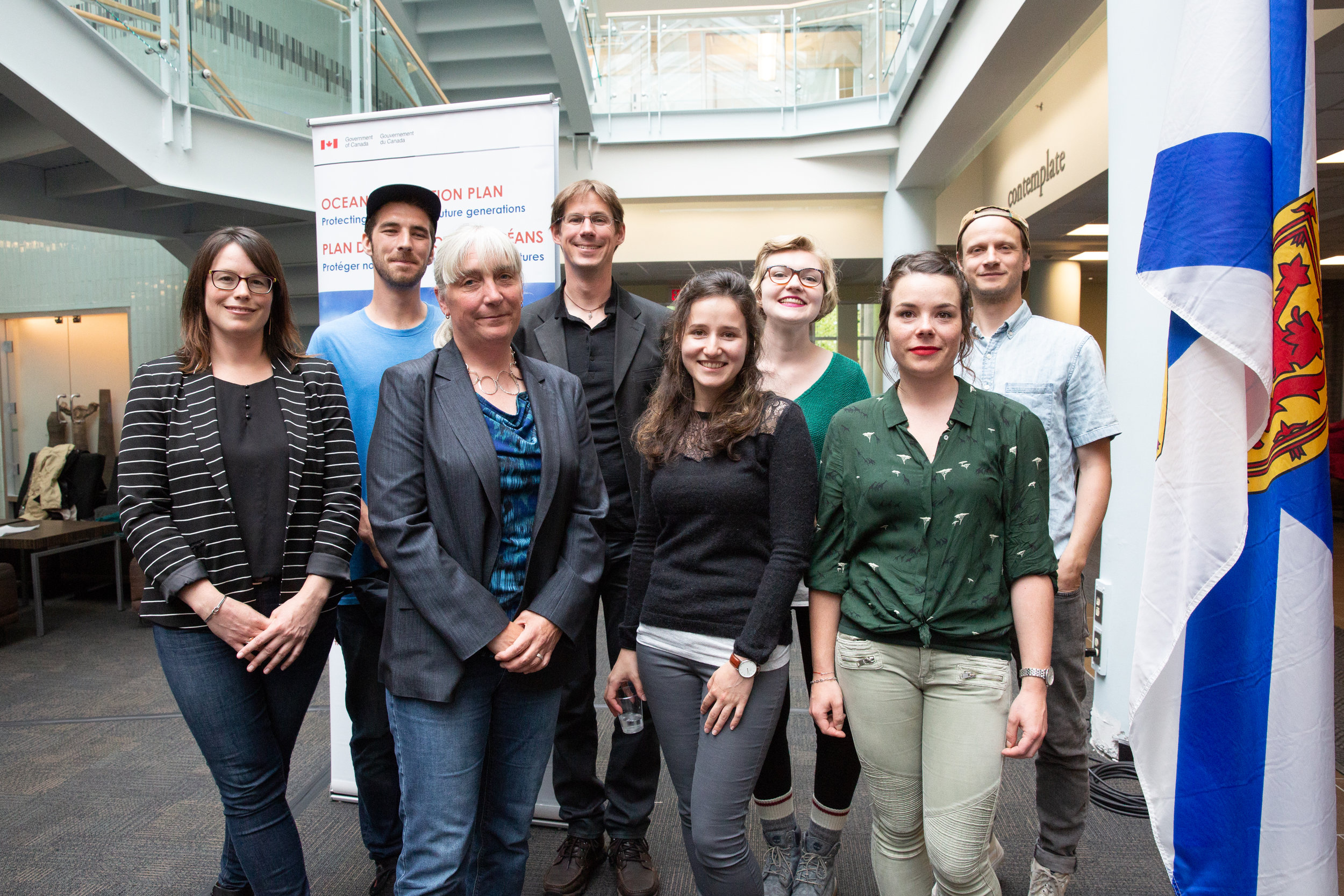“If a rabbit doesn’t like you, you will know it,” says Professor Alexander MacLeod.
If people like your short story featuring a rabbit as a central character, you will also know it. On May 16, his story “Lagomorph” was announced as a 2019 winner of the O. Henry Prize, one of the world’s most prestigious awards for short fiction.
“I’m super thrilled,” says Dr. MacLeod, who teaches English and Atlantic Canada Studies at Saint Mary’s. He first heard the news while driving to Mabou for a SMU Emerging Researchers session with Cape Breton high school students.
It’s a particularly special year to win – the prize is celebrating its centenary, so “Lagomorph” will appear in The O. Henry Prize Stories 100th Anniversary Edition, to be published in September by Anchor Books. Past winners include such literary masters as Flannery O’Conner, Raymond Carver, Alice Munro, Eudora Welty and William Faulkner.
“It’s unreal company,” says MacLeod. “If you look at the past winners, those are all the people that I love. The writers I’ve admired the most in my life have won this prize.”
“Lagomorph”, available for reading online, was originally published in Granta 141: Canada, the British magazine’s fall 2017 edition to recognize Canadian writers during the 150th anniversary of Confederation.
When the special edition came out, it made an international splash. In this review in Macleans magazine, Brian Bethune singled out MacLeod’s “brilliant” contribution as “suspenseful, moving and … hilarious.” Granta brought MacLeod and several other writers on a road show that season to events in Scotland, Canada House in London, and the renowned Shakespeare and Company bookstore in Paris.
“I have travelled a great distance via rabbit,” says MacLeod. He admits he lacked faith in “this most stubborn of stories” during the writing process, and nearly abandoned it four or five times.
“It taught me that sometimes you just have to stick at it. I owe a great debt of gratitude to the editors at Granta, who were patient with me.”
The story is about much more than a rabbit named Gunther, of course – it’s about time and change, the quagmire of intimacy vs. autonomy, and the mysteries of care and affection.
“The way we love animals differently from people is fascinating to me. Are we loving animals for what they need or for what we need? It’s tricky business,” says MacLeod.
Born in Inverness, Cape Breton and raised in Windsor, Ontario, MacLeod resides in Dartmouth with his family and their dog. They once had a pet rabbit too, but “our rabbit expressed a preference for country life, and he’s living out his last years on a farm.”
MacLeod is currently working on two short stories that are competing for his attention, toward publication of his next collection. His first book, Light Lifting, was named a finalist for the Scotiabank Giller Prize, the Commonwealth Book Prize, and the Frank O’Connor International Short Story Award. The collection was also recognized as a ‘Book of the Year’ by the American Library Association, The Globe and Mail, and Amazon.ca.







